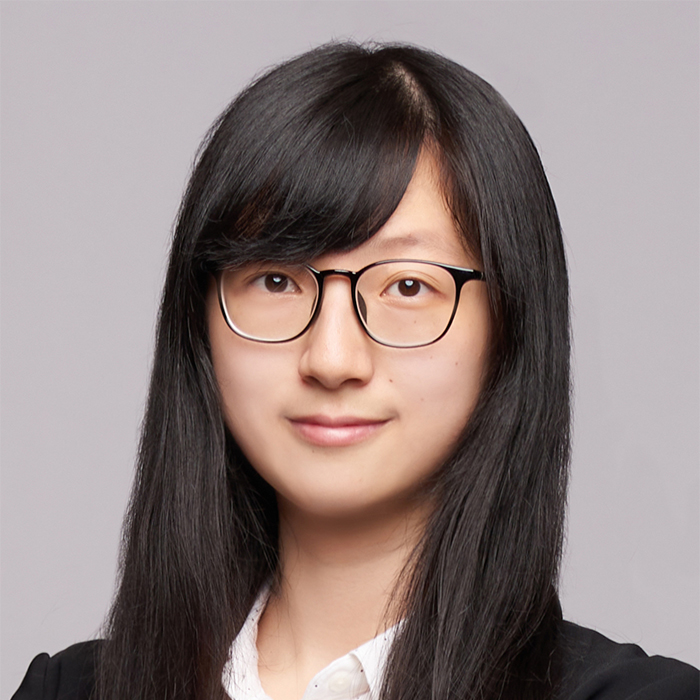
Wen Hui (Sophia) Cheng
Assistant Professor
National Cheng Kung University
Wen-Hui (Sophia) Cheng received her B.S. and M.S. degrees from National Cheng Kung University, Taiwan, and pursed her Ph.D. from Caltech, all in Materials Science. During her Ph.D. research under the guidance of Prof. Harry Atwater, she focused on mesoscale design of photoelectrochemical fuel cells as part of the Joint Center of Artificial Photosynthesis (JCAP). Afterward, she joined Professor Dionne’s group as TomKat Postdoctoral Fellow at Stanford University. She has extensive experience with semiconductor nanofabrication and material characterization, in addition to optical simulations and device physics. She has made an integrated device for splitting water with sunlight to make hydrogen fuel, and also demonstrated a gas diffusion electrode for CO2 reduction to generate CO from solar energy, both with record efficiencies at the time. These efforts have been honored with the MRS graduate student silver award and the Dow sustainability innovation student challenge award. She is now an Assistant Professor in the Department of Materials Science and Engineering at National Cheng Kung University in Taiwan. Her research interests include manipulating light to assist chemistry for energy application and engineering structure for optoelectronics as a material scientist.
Towards High Solar to Fuel Efficiency: From Photonic Design, Interface Study, to Device Integration
Efficient unassisted solar fuel generation, a pathway to storable renewable energy in the form of chemical bonds, requires optimization of a photoelectrochemical device based on photonic design and interface study. We first focused on enhancing absorption via nanophotonic design of light absorbers. Near-unity, broadband absorption in sparse InP nanowire arrays with multi-radii and tapered nanowire array designs are simulated and experimentally demonstrated. Later, a few strategies are introduced to achieved high solar-to-fuel efficiency. Optically, photoelectrochemical device would require the catalyst ensembles to be highly transparent. We report a record solar-to-hydrogen efficiency by integrating Rh nanoparticle catalysts onto photocathodes with minimal parasitic absorption and reflection losses in the visible range. The other two light management strategies have been developed and experimentally verified to create highly active and effectively transparent catalyst structures: i) arrays of mesophotonic dielectric cone structures that serve as tapered waveguide light couplers to efficiently guide incident light through apertures in an opaque catalyst into the light absorber, and ii) an effectively transparent catalyst consisting of arrays of micron-scale triangular cross-sectional metal grid fingers, which are capable of redirecting the incoming light to the open areas of the PEC cell without shadow loss. The electronic properties of the surface films exposed to the electrolyte are also critical. The anatase TiO2 protection layer on the photocathode creates a favorable internal band alignment for hydrogen evolution, promoting the transport of the excess electrons and inhibiting voltage drops. The interfacial conduction mechanism between the defected TiO2 and metal catalysts is investigated. A combinatorial approach of electrochemistry, X-ray photoelectron spectroscopy, and resonant X-ray spectroscopy reveals the correlation between the interfacial quasi-metal phase with TiO2 properties. By careful control of gas diffusion electrode assembling to maintain appropriate wetted catalyst interface, another record solar-to-CO efficiency with extended stability can be realized.